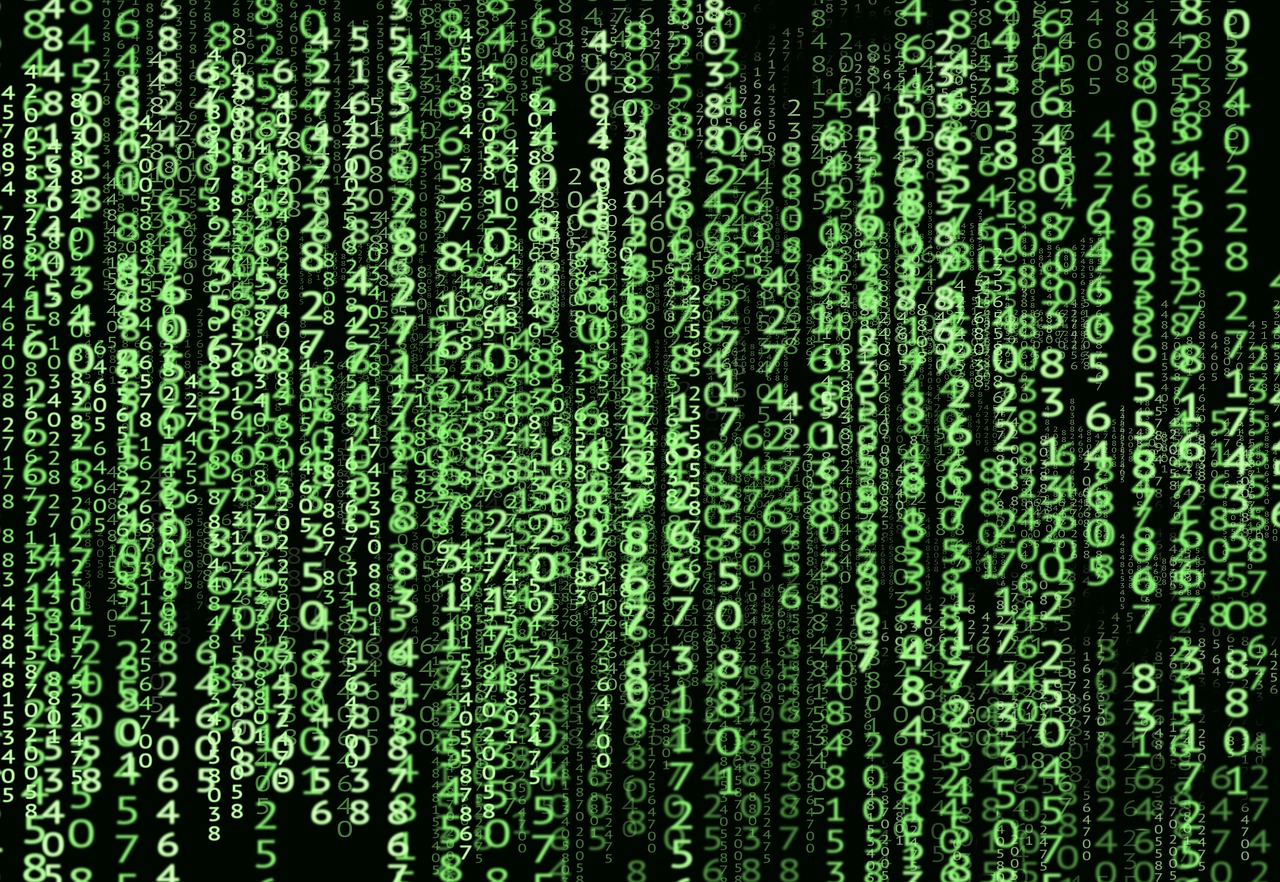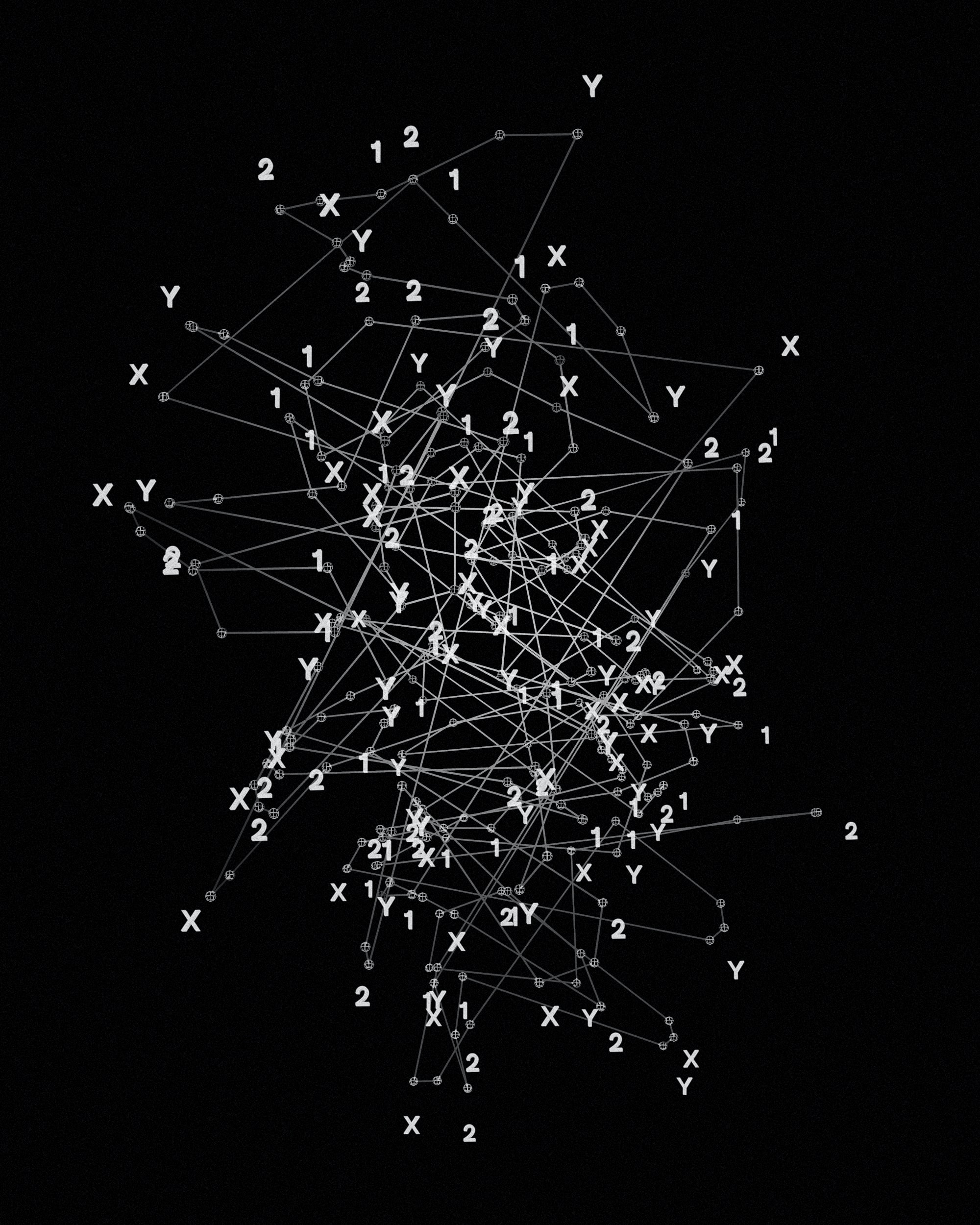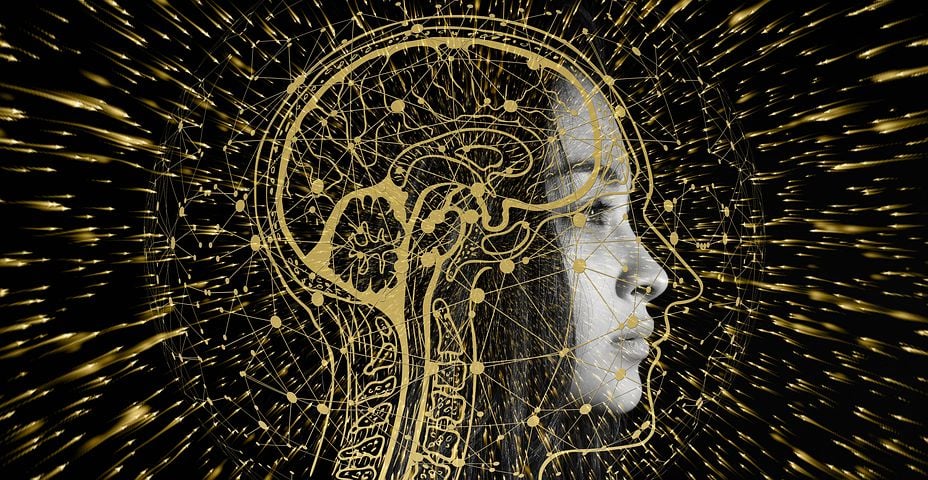Introduction
Quantum computing is a computing phenomenon mechanism used to perform operations on data. It has the potential to solve certain problems much faster than classical computers and has applications in various fields such as chemistry, material science, and machine learning.
In classical computing, a bit can hold a 0 or 1. A quantum bit, or qubit, is a computer’s smallest form of detail.
A qubit can represent a 0, a 1, or any combination of 0 and 1 simultaneously, thanks to the principles of superposition and entanglement. This allows quantum computers to perform multiple calculations simultaneously, a capability known as parallelism. The qubits can exist in a superposition state, meaning they can simultaneously be in multiple states. Hence, the computations are quicker.

Qubits represent 1, 0, or anything between 0 and 1
Source: pixabay.com
There are several physical implementations of qubits, including superconducting qubits, trapped ion qubits, topological qubits, quantum dot qubits, and spin qubits. Each type of qubit has its own set of advantages and disadvantages, and the choice of which qubit to use will depend on the specific application and the computation requirements. Additionally, qubits can also be entangled with each other, which means that the state of one qubit is dependent on the state of another. This property of entanglement is one of the key features that makes quantum computing so powerful and different from classical computing.
Learning Objectives
In this article, you will:
-
Understand the basics of Quantum Computing and its relationship to Data Science.
-
Understand Quantum Computing’s benefits and history.
-
Learn how to apply Quantum Computing concepts to Climate Change and Machine Learning ideas.
-
Learn about new resources you can use for beginner and middle-level friendly Quantum Computing.
This article was published as a part of the Data Science Blogathon.
Table of contents
What is Quantum Computing
Quantum computing is a super advanced way of processing information. Instead of using regular computer bits that are just 0s or 1s, quantum computers use quantum bits, or qubits. These qubits can be both 0 and 1 at the same time, which is called superposition. They can also be connected or “entangled” with each other, meaning the state of one can affect the state of another, no matter how far apart they are.
This fancy setup allows quantum computers to solve really complex problems much faster than regular computers. They could be super helpful in things like making better medicines, cracking codes, and solving big math problems. But, we’re still figuring out how to make them work reliably and efficiently.
What is Quantum Parallelism?
One of the most famous examples of a problem that can be solved significantly faster with a quantum computer is factoring large numbers. Factoring is the process of finding the prime numbers that multiply together to make a given number. For example, the prime factorization of 15 is 3 x 5. In classical computing, factoring becomes increasingly difficult as the numbers get larger. This is because the time it takes to factor a number increases exponentially with the size of the number.
On the other hand, quantum computers can factor large numbers much faster using Shor’s algorithm. Shor’s algorithm uses quantum parallelism to find the prime factors of a number in polynomial time rather than exponential time. This makes it much faster than classical algorithms for factoring large numbers.

Computational Calculations can be done quickly using Quantum Computing
Source: Unsplash
Quantum parallelism refers to the ability of a quantum computer to perform multiple computations simultaneously. This is made possible by the principles of quantum mechanics, which allow a quantum system to exist in multiple states simultaneously (a property known as superposition). This allows a quantum computer to perform many calculations in parallel, potentially allowing it to solve certain problems much faster than a classical computer.
Another example of a problem that can be solved using quantum computing is the traveling salesman problem. The traveling salesman problem is a classic problem in computer science that involves finding the shortest possible route that visits a given set of cities and returns to the starting city. This problem becomes increasingly difficult to solve as the number of cities increases.
Quantum computers can solve the traveling salesman problem much faster than classical computers using a quantum algorithm called the quantum approximate optimization algorithm (QAOA). QAOA uses quantum parallelism to search for the optimal solution to the traveling salesman problem. It has been shown to provide near-optimal solutions in a fraction of the time it would take a classical computer.
Many other examples of problems can be solved using quantum computing, such as machine learning, image recognition, and protein folding. While quantum computers are still in the early stages of development and are not yet as powerful as classical computers, they have the potential to revolutionize the way we solve problems and could lead to discoveries and innovations in a variety of fields.
Is Quantum Computing the future of Artificial Intelligence? Read the below article to know more.
Applications and Use Cases of Quantum Computing
Quantum computing has the potential to solve several important problems that are currently difficult or impossible for classical computers. Some of the key applications include:
1. Data Science: Data Science involves processing data sets to gain insights about the data; using quantum computing will make the entire process faster. For example, it will allow machine learning models to be trained more quickly and efficiently.
2. Cryptography: Quantum computers can potentially break many of the encryption algorithms currently used to secure communication and data storage. However, quantum computing also has the potential to enable new forms of encryption that are secure against quantum attacks. (eg. QKD or Quantum Key Distribution allows for a very secure method of key exchange).
3. Drug Discovery: Quantum computers can be used to simulate the behavior of molecules and chemical reactions, aiding in the discovery of new drugs and the design of more effective treatments. An example would be a company called Kuano which is UK based and uses Quantum Computing and AI to help with enzyme design.
4. Machine Learning: It can be used to speed up the training of machine learning models and make them more accurate.

Machine Learning and AI as a use case of Quantum Computing
Source: pixabay
5. Optimization: Many optimization problems, such as the traveling salesman problem, can be solved exponentially faster on a quantum computer.
6. Climate Research: Quantum computing can be used to model the Earth’s climate and predict the impacts of climate change. (eg. Quantum Computing can show a simulation of how the chemistry of a battery actually works for better understanding and more innovation).
7. Supply Chain Optimization: Quantum computing can be used to optimize supply chains and logistics to improve efficiency and reduce costs. For example, it is well-versed in the travel salesman problem where a regular computer cannot sustain the scale and options necessary to execute an effective solution.
These are just a few examples. As the field is still in its early stages, more use cases will be discovered and developed as the technology matures.
Examples of Quantum Computing Software
There are several popular software platforms and libraries for quantum computing, including:
-
Qiskit: An open-source quantum computing framework for writing quantum algorithms and programs. It is developed and maintained by IBM and is available for use on various hardware platforms.
-
ProjectQ: An open-source software framework for quantum computing that allows for the easy development of quantum algorithms using high-level programming languages.
-
PyQuil: A Python library for quantum programming developed by Rigetti Computing. It allows for the execution of quantum programs on various quantum computing hardware platforms.
-
Microsoft Quantum Development Kit: A set of tools and libraries for quantum development on the .NET framework that can be used on various platforms like Windows, Linux, and macOS.
-
Google Cirq: An open-source framework that allows for creating and manipulating quantum circuits. It is used in conjunction with the Google platform and is available on various hardware platforms.
These are some of the popular software platforms, but many other software platforms and libraries are being developed and used in the field of quantum computing.
Want to learn the quantum computing tool? AWS Braket: Read the below article:
Conclusion
Quantum Computing uses Qubits and the principles of superposition and entanglement to assure quantum parallelism, which implies much more efficacy when solving computations. Several use cases range from Data Science as a major outpost to Cryptography, Drug Discovery, Machine Learning, Climate Research, and Supply Chain Optimization. In each of these fields, Quantum Computing plays an integral role in maintaining efficiency in these fields as well as accuracy. Various open-source softwares are easily accessible with libraries and documentation, such as Qiskit, ProjectQ, PyQuil, and others.
Key Takeaways
- It uses Qubits such as 0, 1, or a combination of 0 and 1, which allows for more effective computation relative to classic computers.
- It uses the principles of superposition and entanglement to make multiple computations simultaneously and allows for Quantum Parallelism.
- The efficiency of Qubits allows it to be an ideal technology to use in several diverse fields today, like Data Science, Machine Learning, Climate Research, and Supply Chain Optimization.
- Several resources online help you on your journeys, like Pyquil, Project Q, Qiskit, and the Microsoft Quantum Development Kit, which have resources, libraries, and open-source networks that we can use to learn and apply our skills effectively.
It has many use cases today and is constantly improving to be suitable for more fields.
The media shown in this article is not owned by Analytics Vidhya and is used at the Author’s discretion.





